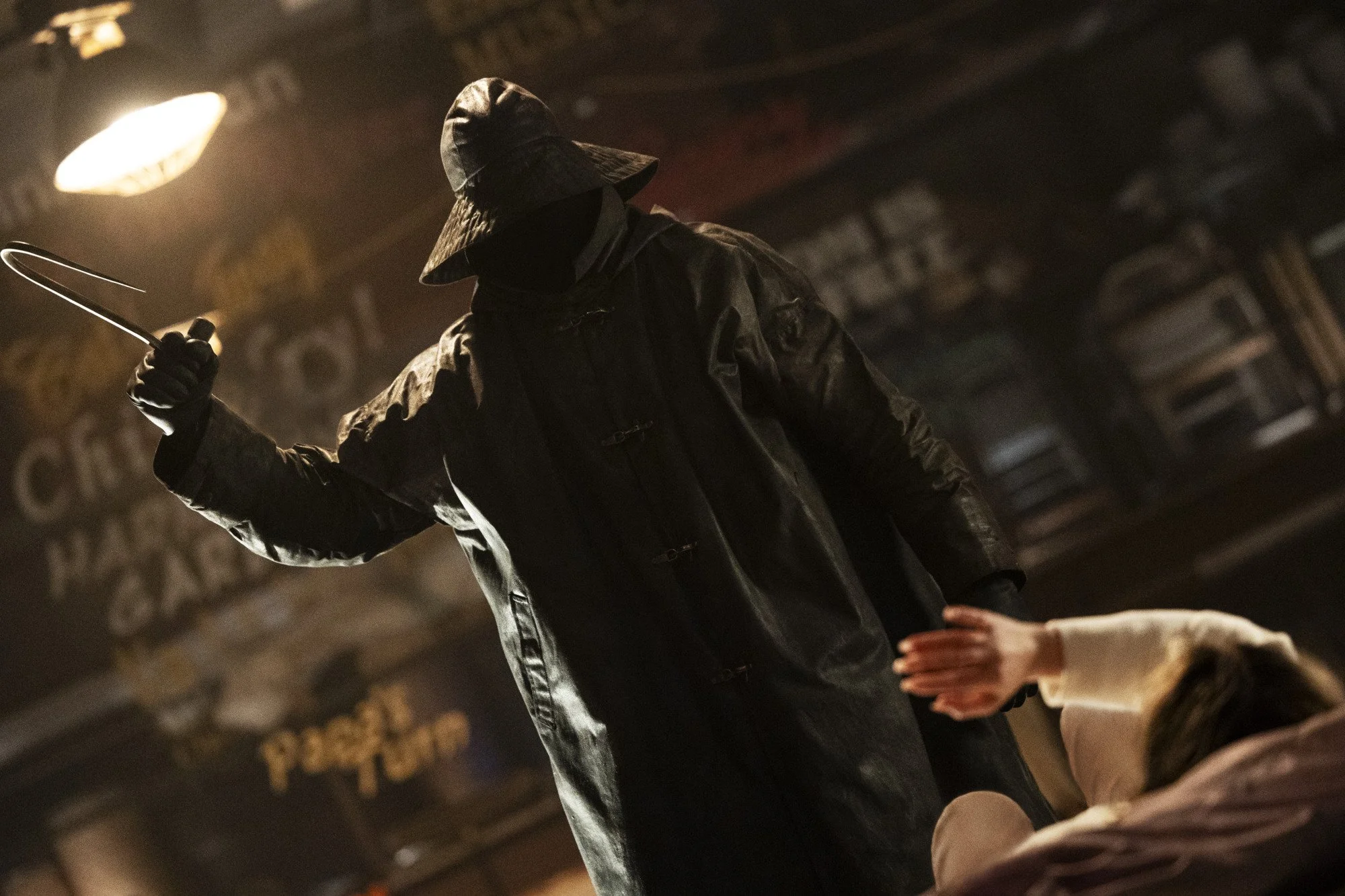Drop Review
In the saturated world of high-concept horror, Drop arrives with a promising premise—tight, escalating tension on a seemingly innocent first date gone wrong. But instead of capitalizing on that claustrophobic dread, it spirals into exaggerated absurdity so quickly that any hope of grounded suspense is lost almost as soon as it begins.
Despite a few genuinely effective themes and a compelling attempt at tackling heavy subject matter, the film’s wild tonal swings and mediocre execution make it hard to take seriously. What could have been a sharp, nerve-racking thriller in the vein of Wes Craven’s Red Eye instead feels like an uneven mix of camp and confusion, with its most potent ideas buried beneath a flood of overwrought theatrics and misguided storytelling choices.
From Tension to Cartoon: A Premise That Can't Stay Grounded
Drop kicks off with a setup clearly aiming for Hitchcockian suspense: a woman (played with conviction, if underused nuance) embarks on a first date with a seemingly normal guy, only to find herself caught in a situation far more dangerous than expected. But where Red Eye succeeded by keeping its concept tight, (somewhat) believable, and psychologically tense, Drop dives headfirst into cartoonish logic.
From early on, the film’s tone feels off. Dialogue teeters on the edge of parody, and the stakes—while high in concept—are played out in a way that borders on laughable. Graphics and text overlays flash on screen in moments meant to convey psychological stress or thematic depth, but instead break immersion and add a distracting layer of stylized goofiness. Any real tension is sacrificed to gimmickry, making it hard to invest in the characters’ increasingly illogical decisions.
A Flicker of Depth
The film’s most effective moments lie in its willingness to explore the subject of domestic violence. Through a series of long, stylized flashbacks, we begin to understand the lead’s trauma and how it shapes her reactions. These scenes offer a glimpse at a deeper, more emotionally resonant movie that Drop might have been.
Unfortunately, the impact of these moments is occasionally diminished by their visual execution. The flashbacks are overly emphasized and inserted in ways that interrupt the film’s pacing. Instead of enhancing our understanding of the protagonist, they often feel like heavy-handed detours that spell out what could have been conveyed more subtly with tighter writing. While it’s not necessary in every instance, in this case, less truly would have been more.
Decisions Made for Plot, Not People
Perhaps the most frustrating aspect of Drop is how its characters behave. In early scenes, both the woman and her date respond to the unfolding danger in ways that feel almost plausible—but that quickly changes. As the film pushes forward, both leads make choices that seem clearly orchestrated to move the plot in a specific direction, rather than emerging from any kind of believable emotional logic.
This is especially evident in the second half, where suspense gives way to implausibility. Conversations that should carry emotional weight become melodramatic or stilted, and the resolution feels more like a narrative obligation than a satisfying conclusion to what the film initially set up. It’s a shame, because both actors show sparks of chemistry and capability—the script simply doesn’t allow them to act with any consistency or reason.
Style Over Substance (When Neither Really LANDS)
Drop wants to be slick. Its visual flourishes, sharp lighting cues, and animated text moments suggest a film that fancies itself modern, fast-paced, and psychological. But those stylistic choices do more harm than good, repeatedly undermining the story’s darker implications and sapping urgency from moments that should be taut and horrifying.
Instead of drawing us deeper into the characters’ fear and uncertainty, the graphics and stylized pacing keep viewers at arm’s length, constantly reminding us of the film’s artificiality. The horror genre thrives on immersion—on making us forget we’re watching a story and instead feel trapped alongside the characters. Drop never quite achieves that.
Score: 5/10
Drop starts out as a horror film with weighty themes and intriguing ideas, only to be hindered by an absurd script and polarizing stylistic choices.






